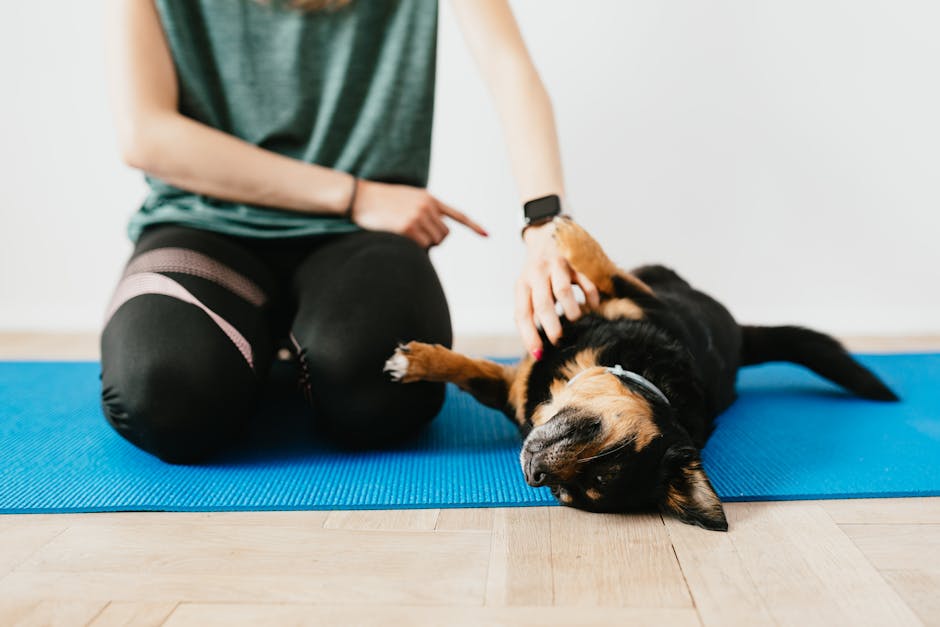Training your dog can be a rewarding experience that strengthens the bond between you and your furry friend. From basic obedience commands to advanced tricks, the possibilities are endless. However, the journey to a well-trained dog isn't always a walk in the park. Here's a comprehensive guide to help you navigate the ups and downs of dog training.
**Start Young: The Golden Rule**
The best time to start training your dog is when they are puppies. Their brains are like sponges, eager to absorb new information. Early training lays the foundation for future behavior and helps prevent bad habits from developing. Consistency is key, so make training sessions a regular part of your routine.
**Positive Reinforcement: The Sweet Success**
Dogs respond best to positive reinforcement, which rewards them for good behavior. This can include treats, praise, or even a simple game of fetch. When your dog performs a desired action, immediately reward them to reinforce the connection between the behavior and the positive outcome.
**Negative Punishment: The Less is More Approach**
Negative punishment, also known as "subtraction," involves removing something the dog enjoys to discourage unwanted behavior. This isn't about punishing your dog, but rather redirecting their actions. For example, if your dog jumps up on you, gently push them away and turn your back until they calm down.
**Clicker Training: The Magic Wand**
A clicker is a small device that produces a distinctive sound. When you click the clicker at the exact moment your dog performs a desired behavior, it creates a clear association between the action and the reward. This method is particularly effective for reinforcing specific behaviors.
**Patience is the Name of the Game**
Training a dog requires patience and persistence. Don't get discouraged if your dog doesn't catch on right away. Keep practicing consistently, and eventually, they will understand what you're asking of them. Remember, the journey is as important as the destination.
**Communication: The Two-Way Street**
Effective dog training involves clear communication. Learn to interpret your dog's body language and adjust your training techniques accordingly. Pay attention to their signals and respond appropriately to avoid confusion and frustration.
**Professional Help: When the Going Gets Ruff**
If you encounter challenges or have specific training goals, don't hesitate to seek professional help. Certified dog trainers have the knowledge and experience to guide you through the training process and help you achieve the desired results.
**The Rewards: A Tail-Wagging Success**
The benefits of dog training extend far beyond obedience. A well-trained dog is a joy to be around, making everyday life more enjoyable and fulfilling. They are more likely to be confident, well-behaved, and responsive to your commands. The bond you share with your furry friend will grow stronger as you work together towards a common goal. So, embrace the journey, have fun, and enjoy the rewards of a well-trained dog.
